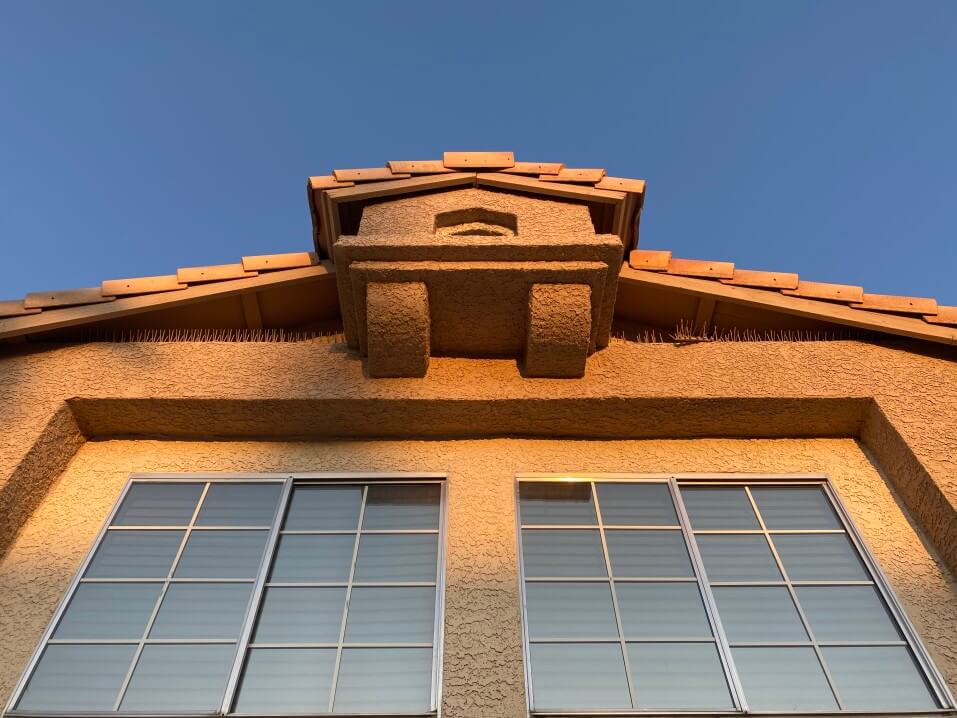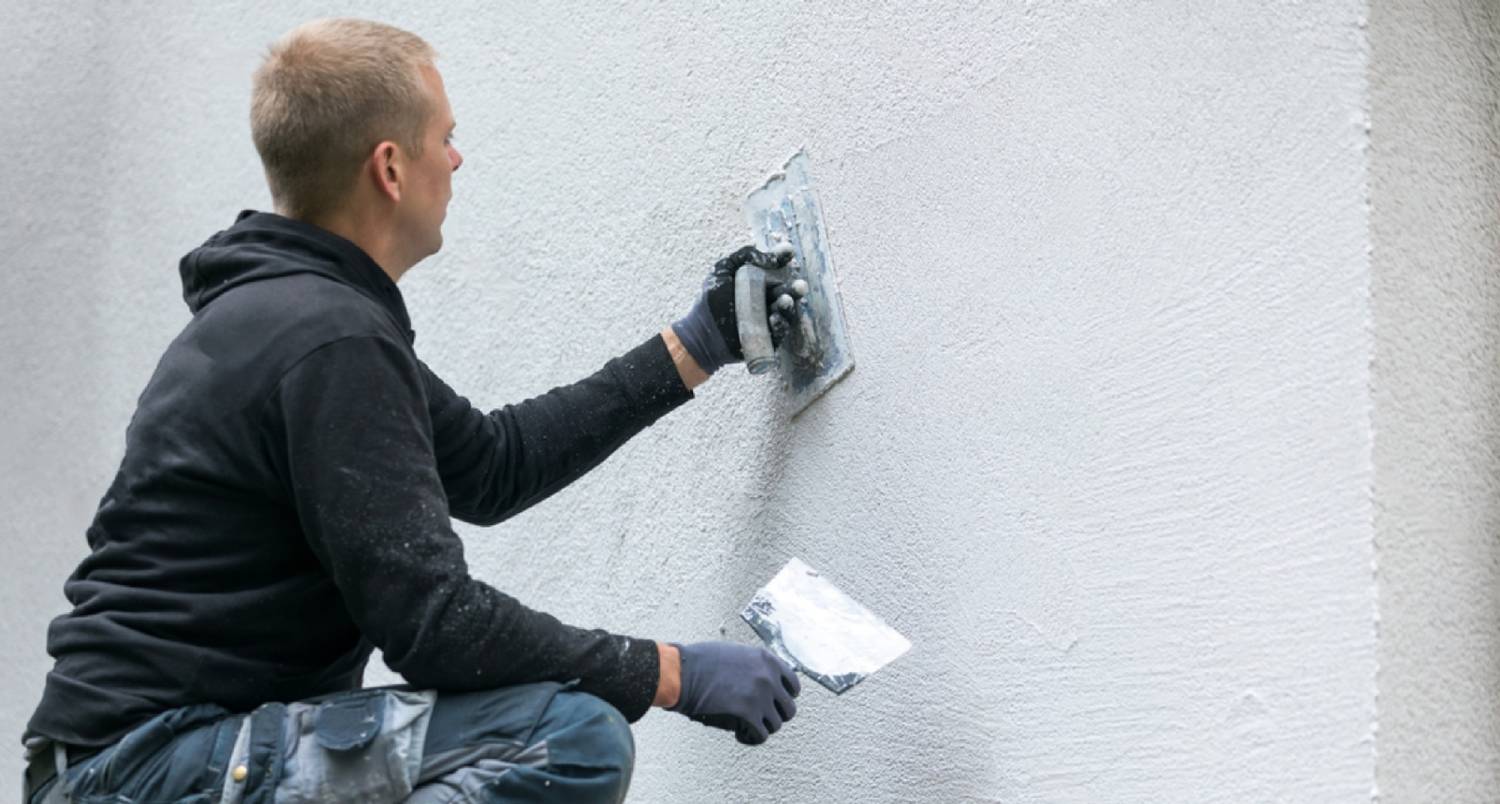Professional Suggestions on Working With the Right Stucco Contractor for Top Quality Finishes
Professional Suggestions on Working With the Right Stucco Contractor for Top Quality Finishes
Blog Article
Exploring the Flexibility of Stucco in Modern Style
Stucco has actually long been identified for its aesthetic appeal and flexibility, yet its role in modern style warrants a more detailed assessment. By exploring its ingenious applications, from striking exteriors to energy-efficient designs, one can value exactly how stucco is redefining the borders of architectural expression.
Historical Value of Stucco
The historical value of stucco is profound, as it has played a pivotal role in architectural practices across various cultures for centuries. Coming from ancient human beings, stucco was made use of by the Egyptians and Greeks as a flexible and durable coating for both indoor and exterior surfaces. Its adaptability to different environments and capability to mimic a lot more pricey products made it a favored option.
In the Roman era, stucco ended up being a main ornamental component, used extensively in public buildings, villas, and holy places. The Romans improved the application strategies, enabling detailed styles and alleviation sculptures. During the Renaissance, stucco experienced a resurgence, especially in Italy, where it was used in ornamental details and sophisticated exteriors, showcasing the virtuosity of the duration.

Modern Applications in Design
Stucco has found restored significance in modern-day architecture as a result of its adaptability and visual appeal (stucco contractor). This standard product is significantly used in modern layout, bridging the space in between modern-day and classic visual appeals. Developers and architects appreciate stucco for its flexibility, enabling it to be used in numerous designs-- from minimal structures to specify Mediterranean layouts
In domestic projects, stucco provides a clean, smooth finish that boosts the aesthetic cohesion of exteriors. Its ability to satisfy various forms and surfaces makes it an optimal selection for both brand-new building and constructions and renovation projects. Additionally, stucco's sturdiness and reduced maintenance demands add to its growing popularity in urban settings, where long-lasting products are necessary.
Commercial applications have also accepted stucco, with lots of services choosing for this material to develop welcoming and unique stores. The use of stucco in public buildings, such as colleges and recreation center, showcases its possibility for developing aesthetically enticing atmospheres while offering exceptional insulation residential properties.
Color and Texture Developments
Exploring shade and appearance technologies in stucco has opened brand-new methods for designers and engineers, improving the material's visual effect in contemporary building. Current improvements in pigment innovation have permitted a broader spectrum of colors, allowing designers to develop striking facades that integrate perfectly with their environments or stick out as bold building statements. This flexibility in shade selection uses architects the capability to evoke specific emotional feedbacks and balance with local aesthetics.
Appearance developments have actually similarly transformed stucco applications. Strategies such as troweling, splashing, and stamping have actually led to varied surface finishes, varying from smooth and refined to tactile and sturdy. These variants not just add to the building's personality yet likewise play a vital duty in light interaction, improving the visual deepness and dimensionality of surface areas.
Additionally, the introduction of artificial stucco alternatives has actually expanded design possibilities, supplying enhanced durability and weather resistance while maintaining aesthetic charm. As designers remain to experiment with innovative color combinations and textured finishes, stucco continues to be an essential component in modern design, showcasing the product's flexibility and classic importance in modern design.
Sustainability and Energy Efficiency
Developments in shade and appearance have not only enhanced the aesthetic appeal of stucco but additionally led the way for greater focus on sustainability and power efficiency in contemporary architecture. As environmental concerns become significantly popular, the building industry is turning its focus to products that add favorably to environmental balance.
Stucco, composed mostly of all-natural products such as cement, this hyperlink lime, and sand, supplies a lasting option to more resource-intensive structure materials. Its long life and durability reduce the demand for regular replacements, therefore decreasing waste and resource usage over time. Contemporary stucco formulations usually include energy-efficient additives that boost insulation residential properties, lowering heating and cooling costs for structures.
The reflective qualities of stucco can also be crafted to mitigate warm absorption, adding to cooler indoor settings and less dependence on artificial environment control systems. By promoting energy my website conservation and decreasing the carbon footprint of structures, stucco aligns with the principles of lasting architecture. As designers and builders take on innovative techniques and eco-friendly methods, stucco sticks out as a responsible and versatile option in contemporary layout.

Study of Stucco Projects
The flexibility of stucco as a structure product is exemplified in numerous effective architectural tasks that highlight its visual and practical benefits. One notable instance is the remodelling of the historic Casa de la Guerra in Santa Barbara, California. Making use of stucco not only preserved the structure's Spanish Colonial Revival design however also boosted its longevity and weather condition resistance, making certain long life while preserving building stability.
An additional engaging situation is the modern domestic project, the Cactus Home in Scottsdale, Arizona. stucco contractor. This striking home features a smooth stucco surface that harmonizes with the bordering desert landscape. The stucco's light color shows heat, contributing to power efficiency, while the distinctive Extra resources surfaces include aesthetic interest
Additionally, the Kings Cross redevelopment in London showcases the adaptability of stucco in metropolitan setups. The application of stucco on contemporary mixed-use buildings creates a cohesive visual that respects historical context while embracing contemporary layout principles.
These study demonstrate just how stucco can serve different building objectives, from preservation and energy effectiveness to visual enhancement, making it a flexible selection in contemporary style.
Conclusion
 In final thought, stucco's historic relevance and contemporary adaptability make it a useful material in contemporary design. As demonstrated via numerous situation studies, stucco continues to play a crucial duty in forming the architectural landscape of the modern-day age.
In final thought, stucco's historic relevance and contemporary adaptability make it a useful material in contemporary design. As demonstrated via numerous situation studies, stucco continues to play a crucial duty in forming the architectural landscape of the modern-day age.
In final thought, stucco's historical relevance and modern-day adaptability make it a beneficial product in modern style.
Report this page